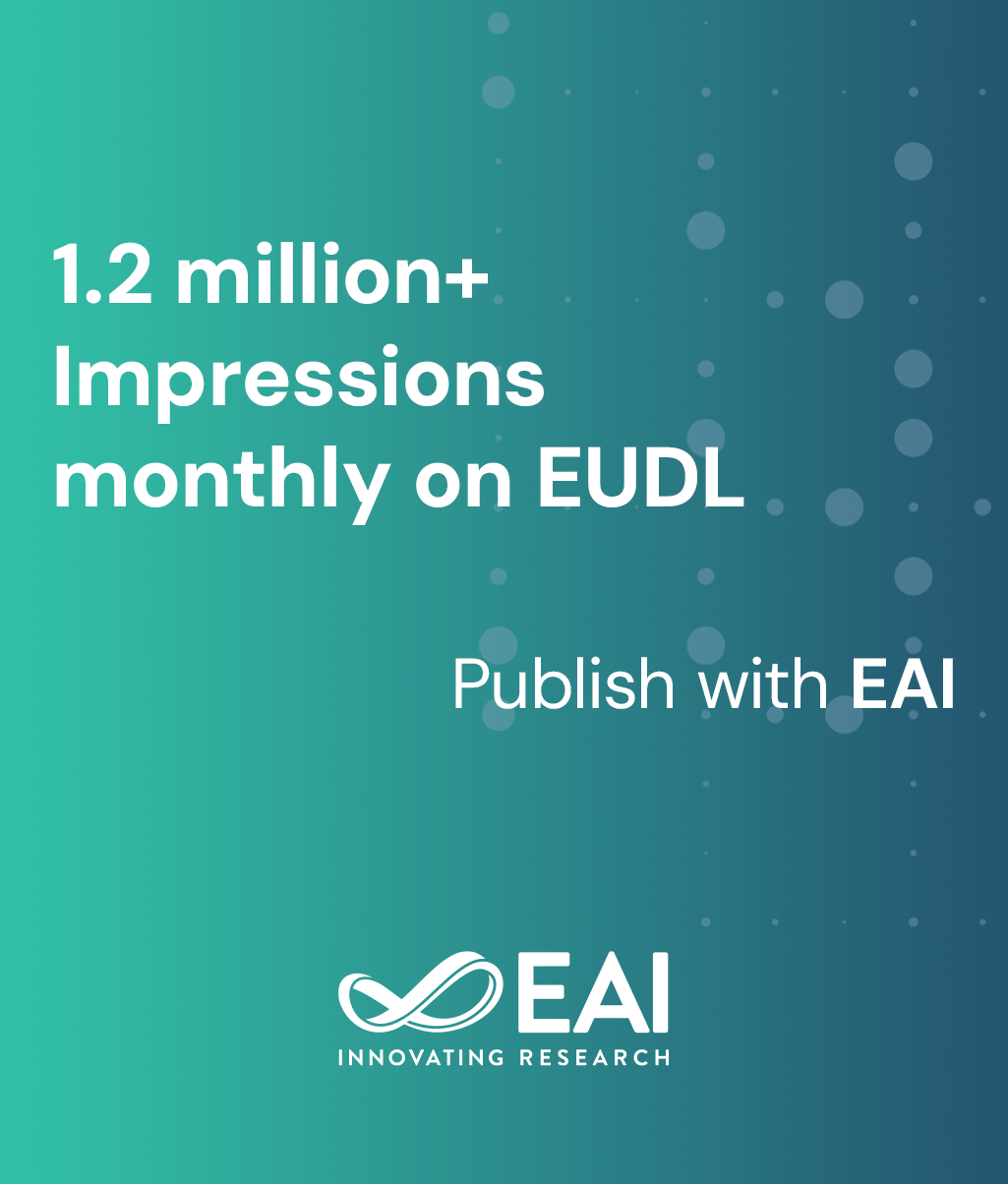
Research Article
Resource Allocation for Multi-UAV Assisted Energy-Efficient IoT Communications with Co-channel Interference
@INPROCEEDINGS{10.1007/978-3-030-67514-1_5, author={Yanming Liu and Kai Liu and Jinglin Han and Lipeng Zhu and Zhenyu Xiao}, title={Resource Allocation for Multi-UAV Assisted Energy-Efficient IoT Communications with Co-channel Interference}, proceedings={IoT as a Service. 6th EAI International Conference, IoTaaS 2020, Xi’an, China, November 19--20, 2020, Proceedings}, proceedings_a={IOTAAS}, year={2021}, month={1}, keywords={Multi-UAV Energy-efficient Internet of Things Uplink Resource allocation Matching theory}, doi={10.1007/978-3-030-67514-1_5} }- Yanming Liu
Kai Liu
Jinglin Han
Lipeng Zhu
Zhenyu Xiao
Year: 2021
Resource Allocation for Multi-UAV Assisted Energy-Efficient IoT Communications with Co-channel Interference
IOTAAS
Springer
DOI: 10.1007/978-3-030-67514-1_5
Abstract
Due to the superiority of high mobility, low labor cost and line of sight (LOS) prominent links of unmanned aerial vehicles (UAVs), UAV-assisted communications are increasingly attractive in emerging Internet of Things (IoT) networks. In this paper, we study the resource (including node association, channel and transmit power) allocation for the multi-UAV assisted IoT network in the uplink, considering the co-channel interference, limited task and channel capacity for the UAV-BSs. To provide long-term services for the IoT nodes, the total transmit power of the IoT nodes is minimized. We decouple the original nonconvex problem into three subproblems, i.e., node clustering, channel assignment, and transmit power control. To find the suboptimal solutions of the first two challenging subproblems, a balanced node clustering algorithm and aHungarian-based Channel Assignment(HCA) algorithm are proposed, respectively. Then, the transmit power control problem turns into a convex problem, which can be calculated within polynomial time. Simulation results are provided to demonstrate the reliability and effectiveness of the overall strategy.


